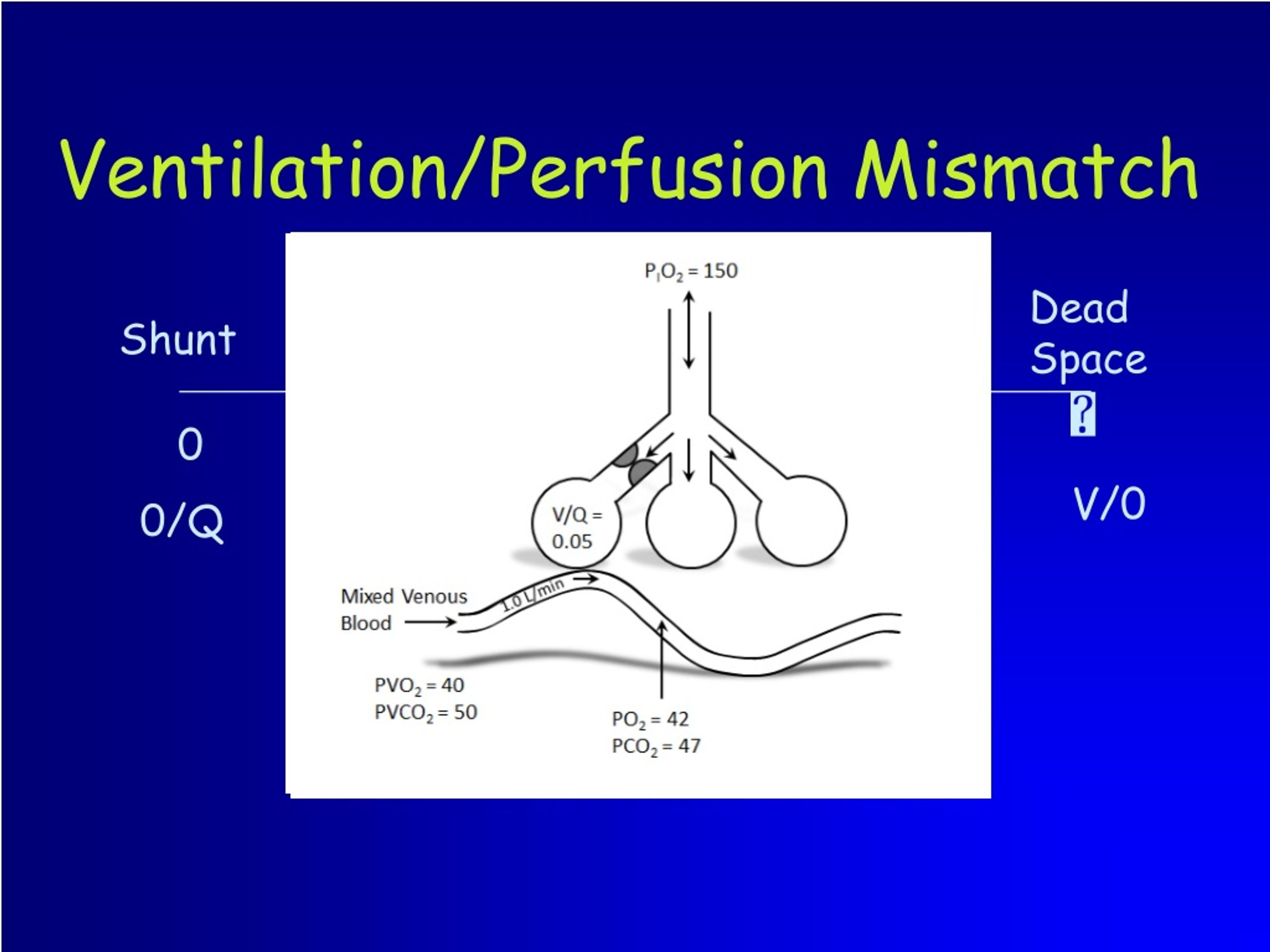

Alveolar VD was 11-38% of VT and did not vary systematically with PEEP. Physiological VD was 41-64% of VT at zero PEEP and increased slightly with PEEP due to a rise in airway VD. Lung mechanics and VD were measured at each PEEP level. Stepwise increases in PEEP from zero to 15 cm H2O. Prospective, non-randomised comparative trial. Medical and surgical intensive care unit (ICU) in a university hospital. We investigated how physiological, airway and alveolar VD varied with PEEP and analysed possible links to respiratory mechanics. A low VT and a positive end-expiratory pressure (PEEP) can prevent VILI, but the more VT is reduced, the more dead space (VD) compromises gas exchange. 193, 1–125.A large tidal volume (VT) and lung collapse and re-expansion may cause ventilator-induced lung injury (VILI) in acute lung injury (ALI). (1947) The influence of positive pressure breathing on the circulation in man. (1968) A theoretical study of controlled ventilation. (1968) A monogram for dead space requirement during prolonged artificial ventilation. (1968b) A mathematical analysis of physiological dead space in a lung model. (1968a) Change in P a CO2 with mechanical dead space during artificial ventilation. (1960) Respiratory dead space and arterial to end tidal CO 2 tension difference in anesthetized man. Blackwells Scientific Publications, Oxford.

(1969) In: Automatic Ventilation of the Lungs, pp. (1966) Hemodynamic effects of intermittent positive pressure respiration. In: Advances in Respiratory Physiology, pp. (1966) Cerebrospinal fluid and the regulation of respiration. (1960) Control of respiratory frequency, J. (1948) The effects of altered arterial tensions of carbon dioxide and oxygen on cerebral blood flow and cerebral oxygen consumption of normal young man. Carbon dioxide and oxygen studies in early respiratory paralysis in poliomyelitis. (1953) Studies in respiratory insufficiency-I. (1956) Alveolar carbon dioxide levels in acute poliomyelitis. (1948) Physiological studies of the effects of intermittent positive pressure breathing on cardiac output in man. (1959a) In The lung: Clinical Physiology and Pulmonary Function Tests, pp. (1953) Dyspnoea in relation to viscoelastic properties of the lung. Laboratory investigations during treatment of patients with poliomyelitis and respiratory paralysis.


 0 kommentar(er)
0 kommentar(er)
